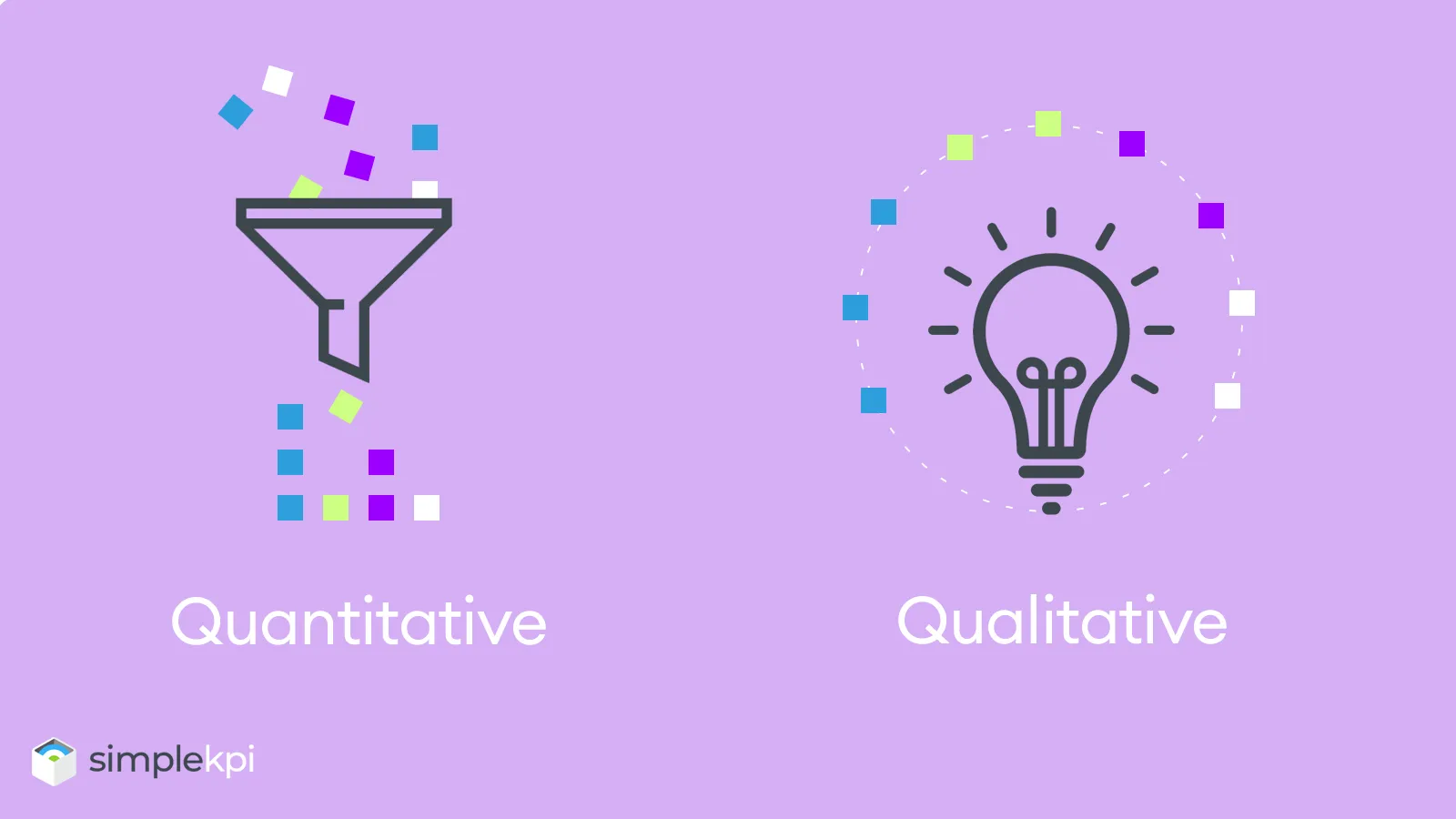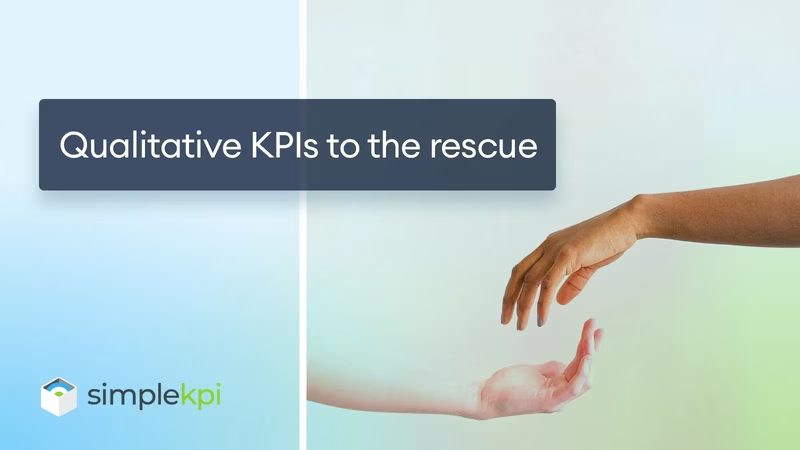A cautionary tale
In 2011, Wells Fargo felt the pressure; revenue had fallen nine consecutive quarters in a row, fueled by intense competition and the lingering fallout from the financial crisis.
Although they had been left comparatively unscathed after the financial crisis, the bank introduced a seemingly straightforward performance initiative driven by Key Performance Indicators (KPIs).
The concept was simple: reward employees for opening new deposit and credit card accounts for existing customers.
However, this seemingly innocuous initiative—dubbed the ‘Cross-Selling strategy’ —was focused purely on numerical targets and driven by relentless pressure from supervisors to make quotas.
Cue the carnage.
This fostered a culture of cutthroat cross-selling. Employees used aggressive pressure tactics and fraud to open over 1.5 million deposit accounts and 500,000 credit card accounts to the detriment of their customers.
Employees who would never normally engage in such practices found themselves working under relentless management pressure to make quotas.
The LA Times uncovered the practice in 2013, and since then, Wells Fargo has faced multiple regulatory fines and reprimands. By 2018 this was estimated at 3 billion – and as recently as 2023, they faced fresh allegations related to their cross-selling initiatives.
This cautionary tale highlights how essential it is to balance quantitative KPIs with those all-important qualitative considerations.
Getting a grasp on the purpose of qualitative KPIs.
Qualitative Key Performance Indicators (KPIs) provide valuable insights far beyond numerical metrics. Unlike quantitative KPIs, which are measured exclusively by numbers, qualitative indicators focus on characteristics, subjective interpretations, and descriptive aspects of a process or decision.
Typically, these KPIs will track performance nuances such as Employee Satisfaction, Brand Perception, and Customer Feedback.
They are essential as they offer a holistic view of the organization’s health, drive culture development, and, most importantly, guide customer relationships.
What is the difference between quantitative and qualitative KPIs?
There is a simple way to distinguish between qualitative and quantitative KPIs; think of it like an artist and a scientist.

Qualitative KPIs: These KPIs focus on descriptive qualities and are subjective. Think of customer satisfaction levels, employee engagement, and brand perceptions. They provide insights into experiences and perceptions.
Quantitative KPIs: These KPIs measure data numerically. Consider metrics like revenue, inventory turnover, and costs that are essentially factual insights into efficiency and performance.
The benefits of Qualitative KPIs.
Let’s suppose a popular hotel chain notices a dip in its online star reviews and subsequently aims to improve guest satisfaction.
Typically, their quantitative KPIs include occupancy rates and revenue per available room, focusing on numbers grounded in actual, traceable transactional data.
However, they would also now introduce tracking online reviews and ratings (a qualitative KPI) to gain deeper insights. If reviews consistently mention cleanliness issues, the hotel management can act and set goals for its staff to enhance housekeeping services.
This combination of quantitative and qualitative KPIs ensures a well-rounded approach to performance assessment and continuous improvement.
But, qualitative KPIs can offer more than just this contextual understanding.
Comprehensive Insights:
Qualitative KPIs complement quantitative metrics by offering contextual understanding.
While quantitative KPIs focus on those important measurable numbers, qualitative indicators provide narrative insights.
They can help answer questions like “why” and “how.”
For instance, consider a software development team.
While tracking the number of completed features (a quantitative KPI), they should also assess developer satisfaction (a qualitative KPI). High satisfaction indicates a motivated team, leading to better code quality, faster delivery, and a solution to the all-too-common problem of developer turnover.
Strategic Decision Making:
Qualitative KPIs guide strategic choices. They highlight areas for improvement or potential risks.
Picture a retail chain setting out to explore exciting new markets! While sales figures are important (the quantitative side), it’s just as crucial to pay attention to what customers are saying (the qualitative side). Any negative feedback they receive can highlight issues with product localization or customer service, which could influence their expansion strategies.
Customer Experience Enhancement:
Qualitative KPIs are all about uncovering customer perceptions. They play a crucial role in helping businesses grasp how their offerings truly resonate with customers.
Take an e-commerce platform, such as a clothes store or an online ceramics shop. User satisfaction while tracking conversion rates (quantitative). A high satisfaction score indicates a seamless shopping experience, leading to repeat business.
Employee Engagement and Productivity:
Qualitative KPIs related to employee morale, teamwork, and work environment impact overall productivity.
Consider a call center. Alongside average handling time (quantitative), they should measure employee motivation. Happy agents (allegedly) provide better customer service, reducing call resolution time.
Risk Mitigation:
Qualitative KPIs help identify potential risks early. They capture non-numeric factors that may impact performance.
In the financial sector, while tracking profit margins (quantitative), banks should also assess compliance adherence. A low compliance score could lead to legal issues and financial losses. Nudge, nudge, wink, wink, Wells Fargo.
The White Elephant in the Room: Surrogation and the Pitfalls of Qualitative KPIs
In the bustling world of Key Performance Indicators (KPIs), we often find ourselves chasing metrics like a dog chasing its tail. Among these, qualitative KPIs stand out as both intriguing and elusive. They offer a glimpse into the human side of business—customer satisfaction, employee morale, brand perception—but they also harbor a hidden danger: surrogation.
What Is Surrogation?
Surrogation occurs when we become so fixated on improving a specific qualitative metric that we lose sight of the bigger picture. Imagine a captain steering a ship by focusing solely on the color of the waves rather than the distant lighthouse. The waves may be captivating, but they won’t guide the vessel safely to shore.
The Allure of Qualitative Metrics
Qualitative KPIs provide context, nuance, and depth. They tell stories beyond the raw numbers. When we see a spike in customer satisfaction scores, we celebrate. When employees express higher engagement levels, we pat ourselves on the back. But here lies the trap: we mistake the surrogate (the metric) for the real thing (the underlying objective).
The Perils of Surrogation
- Tunnel Vision: We zoom in on the metric, ignoring other critical aspects. A high Net Promoter Score (NPS) doesn’t guarantee customer loyalty if product quality suffers.
- Distorted Priorities: Surrogation skews our priorities. We optimize for the metric, neglecting holistic improvements. Focusing on reducing call center wait times might lead to rushed customer interactions.
- Unintended Consequences: Fixating on employee satisfaction scores might lead to inflated grades, masking deeper issues like burnout or lack of growth opportunities.
To avoid the surrogation trap, we must strike a balance, but how do we create KPIs that are connected in such a way as to balance the overall perspective? – Read on.
Practical Steps to Balance Qualitative and Quantitative KPIs
Balancing qualitative and quantitative Key Performance Indicators (KPIs) is crucial for comprehensively understanding your business. Here are a few quick steps to help achieve that balance:
-
Choose Relevant KPIs:
Identify the KPIs that align with your business goals and objectives. Quantitative KPIs provide data-driven insights, while qualitative KPIs offer context and depth.
- Combine Both Perspectives: Use quantitative KPIs to track performance objectively. Augment with qualitative KPIs to capture subjective aspects, like customer feedback or employee engagement.
- Collect Data Effectively: For quantitative KPIs, automate data collection using tools or software. Qualitative KPIs may involve surveys, interviews, or observations.
- Analyze and Interpret: Regularly review KPIs to spot trends and anomalies. Consider both quantitative and qualitative insights to make informed decisions.
- Strive for Balance: Avoid favouring one type over the other. Balance ensures a holistic view of your business performance.
Finally
So, KPIs aren’t just about crunching numbers or ticking boxes. You get the best results when you blend your hard data (quantitative KPIs) with the human side (qualitative KPIs).
Numbers show you where you’re headed, but context, like what your team and customers actually think, tells you why you’re on that path in the first place.
But it’s equally important to avoid falling into the trap of fixating on that one shiny metric.
With KPIs, balance is everything. Using this data to guide your business and letting the stories and feedback shape your next move.
And that’s how you get real, lasting results, not just a snazzy dashboard full of green lights.
And don’t forget, the goal isn’t just to measure, it’s actually to make things better. Here’s to tracking smarter, not harder, and to KPIs that work for you, not the other way around.

by Stuart Kinsey
Stuart Kinsey writes on Key Performance Indicators, Dashboards, Marketing, and Business Strategy. He is a co-founder of SimpleKPI and has worked in creative and analytical services for over 25 years. He believes embracing KPIs and visualizing performance is essential for any organization to thrive and grow.
